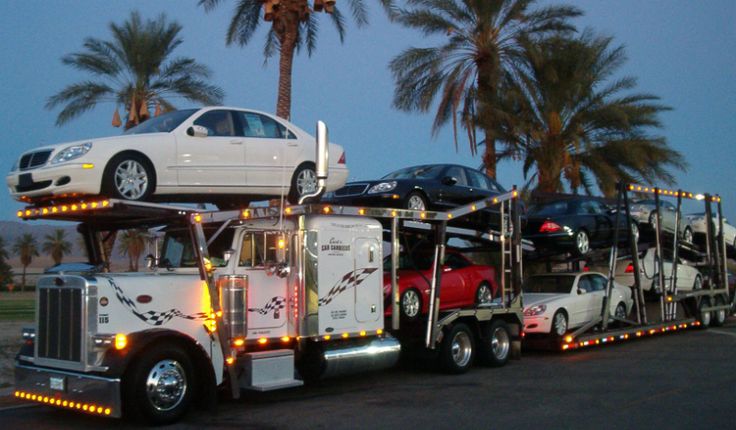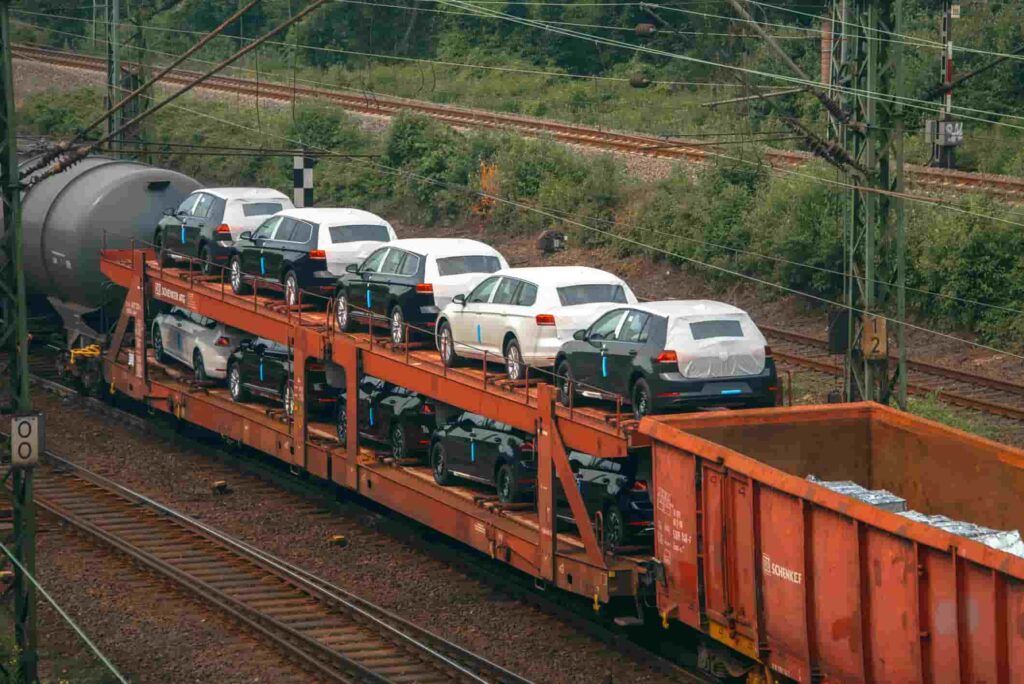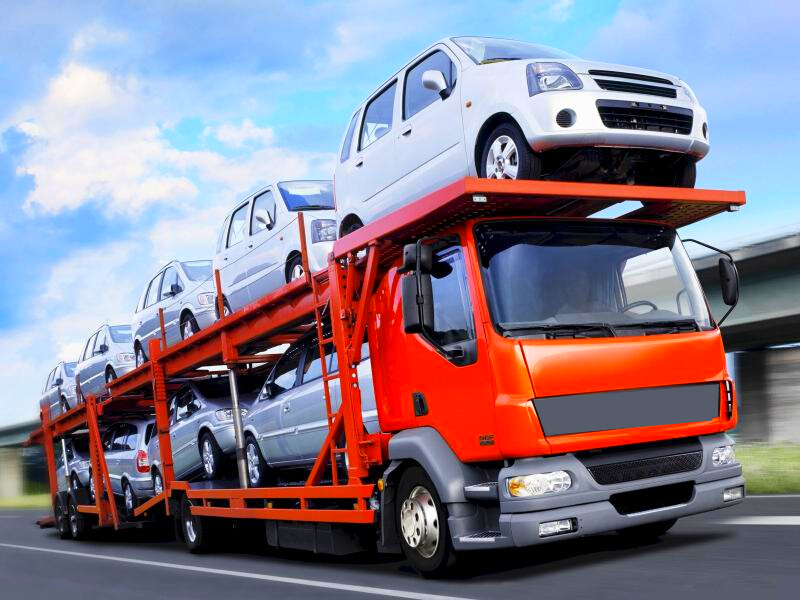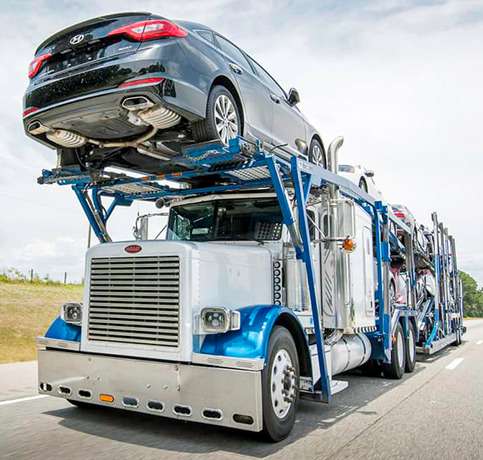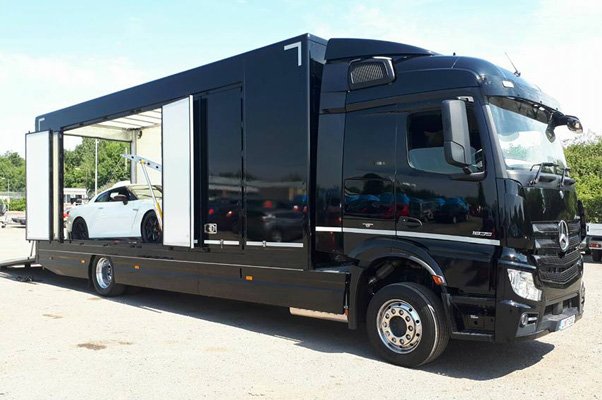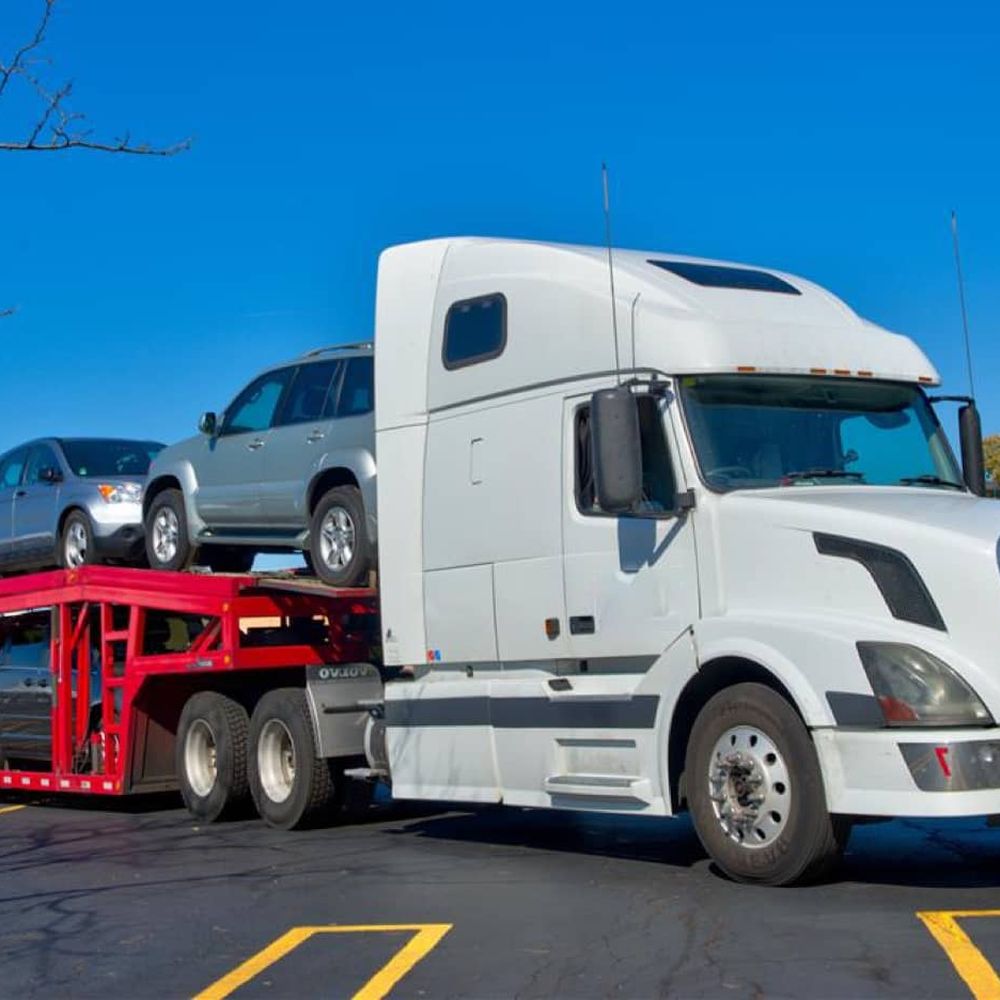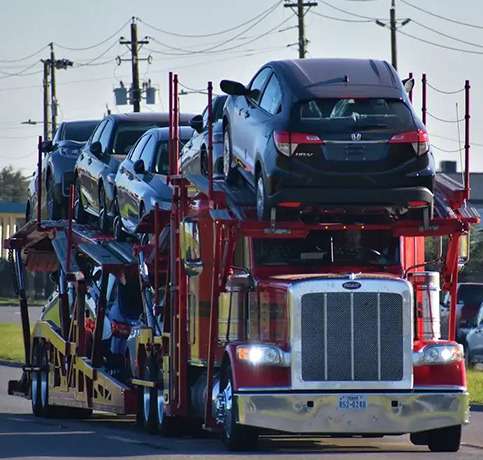Moving cross country can be an exciting and daunting experience all at once. Whether you’re relocating for a new job opportunity, starting fresh in a different city, or simply craving a change of scenery, one thing remains constant: the need to move your belongings from point A to point B. But fear not! Moving doesn’t […]
Are you planning to move from California to Maryland and wondering about the cost of shipping your beloved car? Look no further! In this blog post, we will demystify the cost to ship a car from California to Maryland. Whether you are relocating for work, family, or just seeking a new adventure on the East […]
Are you planning a cross-country move or relocating for work? Maybe you have found the perfect car online, but it is located on the other side of the country. Whatever your reason may be, shipping a car across the United States can seem like a daunting task. But fear not! In this comprehensive guide, we […]
Planning to move from California to Florida and wondering how much it will cost to ship your car? You’re not alone! Whether you’re relocating for a new job, starting a new chapter of your life, or simply escaping the West Coast traffic, transporting your vehicle across the country can seem like a daunting task. But […]
Shipping a car from California to New York can be quite an adventure. Whether you’re relocating, selling your vehicle, or simply seeking a change of scenery, getting your wheels across the country is no small feat. But amidst all the excitement and anticipation, there’s one burning question on every car owner’s mind: How much does […]
Are you in the market for a new car? If so, you may be wondering whether there are any differences between cars made in the United States and those made in Canada. Well, buckle up because we’re about to take a road trip through the world of automotive manufacturing! In this blog post, we’ll uncover […]
Planning a move from the sunny shores of Florida to the vibrant state of California? Exciting times are ahead! However, when it comes to shipping your car across such a long distance, there are bound to be some questions popping up in your mind. How much will it cost? How long will it take? And […]
Are you ready to embark on a cross-country adventure? Moving from the sunny shores of California to the bustling streets of New York? But wait, what about your beloved car? Don’t worry, we’ve got you covered! In this complete guide, we’ll walk you through everything you need to know about shipping your car from California […]
Welcome to the open road, where adventures await and new destinations beckon! Whether you’re relocating across the country or simply need to transport your beloved vehicle from one state to another, navigating the world of vehicle transportation can feel like embarking on a wild journey. But fear not, fellow road warrior! In this comprehensive guide, […]
Are you planning to move from the sunny shores of Florida to the vibrant landscapes of California? Exciting times lie ahead, but before you can start your new chapter on the West Coast, there’s one important thing you need to take care of: transporting your beloved car. But how much will it cost? Don’t worry […]



